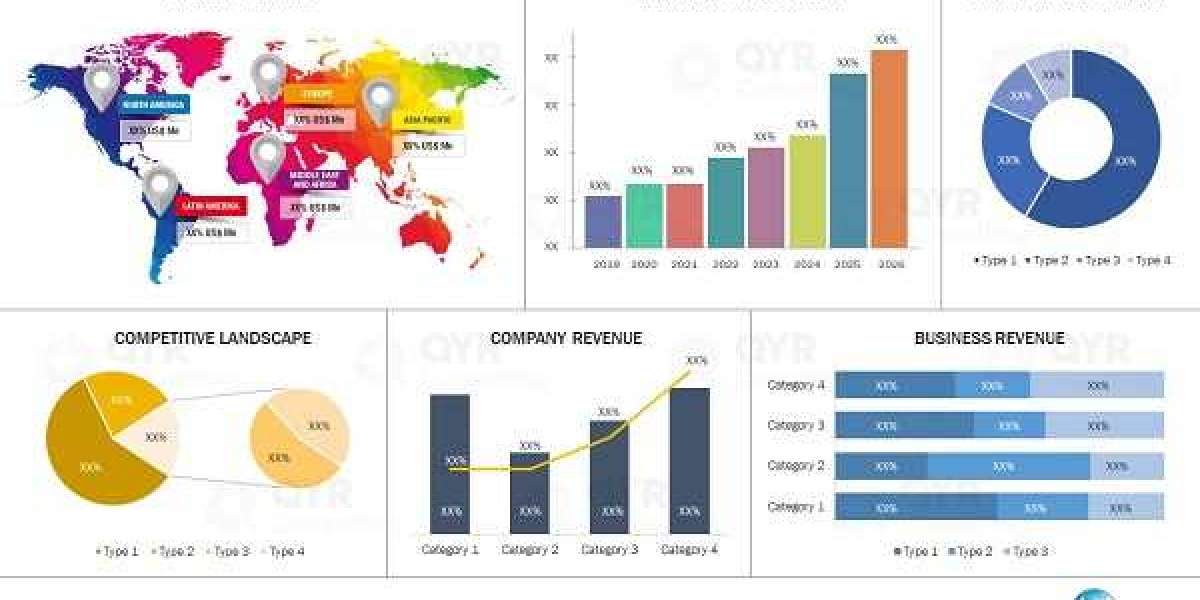Rolling Hills Hemp Gummies Australia :-
As their maker says, they have got definitely no incidental results, as they may be non-GMO and a hundred% herbal.
Official Website :- https://allsupplement.org/rolling-hills-hemp-gummies-au/
Facebook :- https://www.facebook.com/rolling.hills.hemp.gummies.australia.get/
Read More :- https://www.facebook.com/groups/try.rolling.hills.hemp.gummies.australia/
Read More :- https://www.facebook.com/groups/rolling.hills.hemp.gummies.au.get/
Read More :- https://www.facebook.com/share/1A3AS68j7h/
Jimdo :- https://rollinghills-hempgummiesaustralia.jimdosite.com/
Google Site :- https://sites.google.com/view/rollinghills-hempgummiesau/home
Click here :- https://colab.research.google.com/drive/1nRji8D_JMVWb_EcXNL7AKRK7bg6Mm6nC
Click here :- https://rollinghills-hempgummiesaustra.godaddysites.com/
Click here :- https://www.quora.com/profile/RollingHillsHempGummiesAustralia
Click here :- https://hallbook.com.br/blogs/519161/Rolling-Hills-Hemp-Gummies-Australia-2025-Safe-to-Use-or
https://colab.research.google.com/drive/1e0LGeH4EMqplqg2Xt7I-RV5eVXLTq-oe











